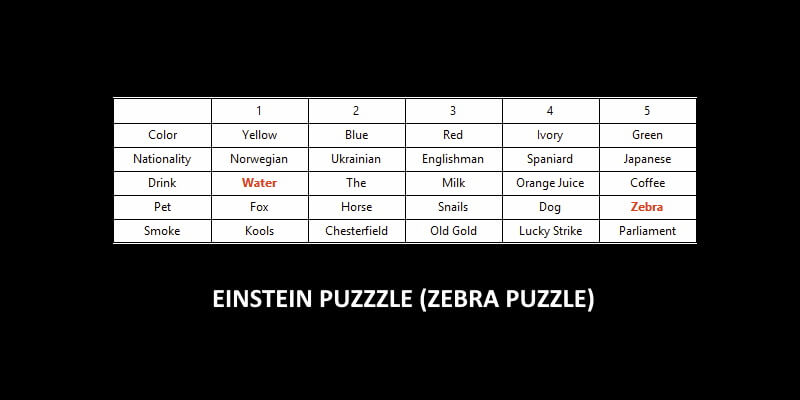One of the most addictive games known to man, especially since you can find tons of Mahjong Solitaire puzzles online.
How to Play Mahjong Solitaire Puzzles
If you’ve never heard of Mahjong Solitaire before let us give you a few quick explanations. Mahjong Solitare is a single-player game in which you have to match two tiles with the same image or symbol in them and remove them from the board. Sounds pretty easy, right?
Well, the problem is that you need a keen eye as traditional puzzles use all sorts of Chinese symbols which can be deceptively similar. A traditional Mahjong puzzles has 144 tiles displayed on four tiers. The ones on the upper tiles or the edges can be entirely seen and are called exposed or open tiles. You can only match exposed tiles. Once tiles are removed from the board, those immediately below become exposed.
One big problem with this puzzle is that some of the tiles appear more than two times in a set and this is where many players mess up. In many cases, players tend to remove pair of exposed tiles only to discover that at some point they cannot uncover all the tiles and cannot form new matches. Basically, you’re stuck and the only solution is to restart again trying to avoid making the same mistake. The point of the game is to try to expose as many tiles as possible rather than go for the more obvious choices.
Mahjong Solitaire Puzzle Variants
The game can be played with a traditional board and wooden pieces, but millions of people only know online Mahjong. On some website, when they cannot see any more matches players can use features like reshuffle, which means rearranging the remaining tiles on the board in a different pattern. Some games feature wildcard tiles or special tiles that give you additional points if you manage to match them.
If Chinese symbols are too difficult to distinguish from one another, you can play the game with tiles decorated with flowers, jewels and other symbols more easily recognizable.
History of Mahjong Solitaire Puzzles
The original Mahjong is a board game developed in China in the 17th century. The game has 144 tiles with Chinese symbols on them and is usually played by four persons. Each player receives 13 tiles at the start of the game, then they all take turns drawing and discarding tiles until one of the them can make five of the many combinations possible using all the tiles on his board.



